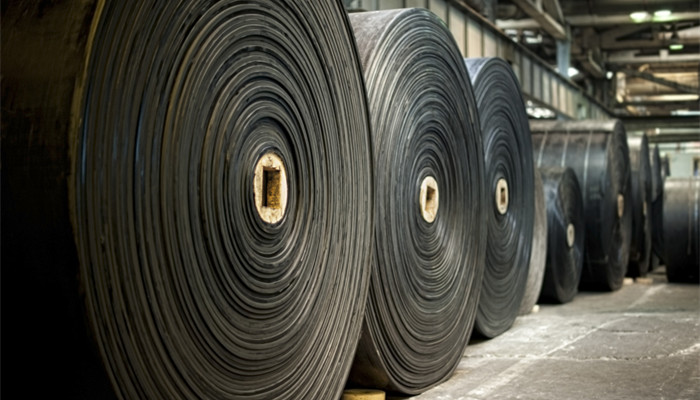
Bisphenol AF (BPAF) is an important vulcanizing agent required for fluororubber production and has broad market demand.
Bisphenol AF, also known as hexafluorobisphenol A, or BPAF for short, is a chemical substance with the molecular formula C15H10F6O2. It appears as white powder or crystal, is toxic, is slightly soluble in carbon tetrachloride, is difficult to dissolve in water, and is easily soluble. Suitable for organic solvents such as ethanol, acetone, ether, toluene and strong alkali solutions.
The main production methods of bisphenol AF include the catalytic condensation method, which uses phenol and hexafluoroacetone as raw materials, HF (hydrogen fluoride) as the catalyst, and generates bisphenol AF through heating and catalytic condensation reaction in a pressure vessel; direct method, It refers to a method that uses phenol and hexafluoropropylene oxide as raw materials and HF as a catalyst to directly react in a pressure vessel to produce bisphenol AF; the four-step method refers to using hexafluoroacetone trihydrate and aniline as raw materials, through condensation , diazotization, hydrolysis, alkylation and other steps to generate bisphenol AF. The current method for industrial production of bisphenol AF is mainly the catalytic condensation method.
Bisphenol AF is a polymer compound with good chemical and thermal stability. It is mainly used as a vulcanizing agent (cross-linking agent) in fluorine rubber production scenarios. Currently, more than 70% of fluororubbers on the market use bisphenol AF vulcanization system. The bisphenol AF vulcanized fluororubber made of it has excellent permanent deformation, compression deformation resistance, heat resistance, oil resistance, and thermal stability. , oxidation resistance, corrosion resistance and other characteristics, it is widely used in aviation, automobiles, home appliances, machinery, petroleum and other fields.
According to the “China Bisphenol AF (BPAF) Industry Market Monitoring and Future Development Prospects Research Report 2023-2027” released by the Industrial Research Center shows that domestic fluorine rubber production has reached 980 million pieces in 2022, a year-on-year increase of 11.3%. Benefiting from the continuous increase in fluororubber production, my country’s demand for bisphenol AF continues to increase and production continues to increase. In 2022, domestic bisphenol AF production will exceed 200 tons.
In addition, bisphenol AF can also be used as a monomer material in fluoropolymer synthesis scenarios, including fluoropolyamide, fluoropolyetherketone, fluoropolyester, fluoropolyarylether, etc.; it can be used as a proton Exchange membranes are used in fuel cell manufacturing scenarios; they can be used as gas separation membranes for hydrogen separation, oxygen enrichment, carbon monoxide separation and other scenarios; they can be used as dielectric coatings, optical fiber sheaths, photoelectric tube substrates, etc. in microelectronics and communication electronics. , electric power and other fields, the market demand is vast.
Industrial analysis personnel said that the main bisphenol AF manufacturers in my country include Jiangsu Fusai Yide Pharmaceutical, Zhejiang Lihua New Materials, Zhejiang Hill Chemical, Puyang Runtu New Materials, Zhejiang Nuocheng Technology, Baiyin Haibo Biochemical, Shanghai Sanaifu New Materials, Zhonghao Chenguang Chemical, Zigong Tianlong Chemical, Jiangsu Taizhuo New Materials, etc. There are many domestic bisphenol AF companies. With the continuous release of corporate production capacity, my country has now become one of the major producing countries in the world. Bisphenol AF used in the field of fluorine rubber has basically been domestically produced, and the industry development trend is good.

 微信扫一扫打赏
微信扫一扫打赏

